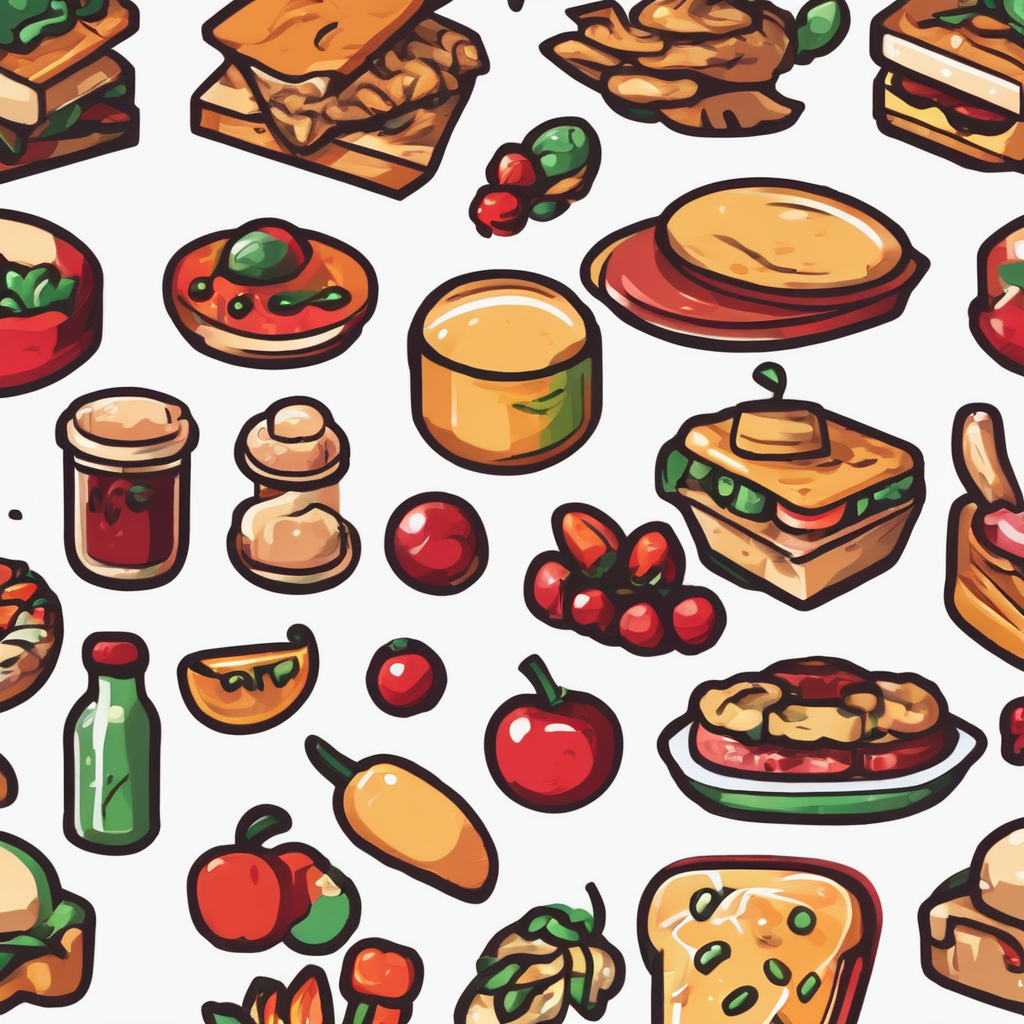Chablis stands apart as a unique expression of Chardonnay, rooted in northern Burgundy’s cool climate. Its crisp acidity, delicate minerality, and vibrant citrus notes create a refreshing profile unlike other white wines. Exploring Chablis reveals layers of complexity—from bright Petit Chablis to rich Premier Cru—offering versatile pairings that enhance seafood and more. Discover how tradition and terroir shape this distinct wine’s enduring appeal.
Essential facts about Chablis: geography, grape, and identity
Chablis is a renowned French white wine region in the northernmost part of Burgundy, recognized for producing only dry white wine exclusively from the Chardonnay grape. Located along the Serein river, this compact area (approximately 15 by 9 kilometers) stands out for its chilly, semi-continental climate and limestone-rich soils. Soil composition is pivotal: most vineyards feature Kimmeridgian limestone, enhancing the wine’s mineral notes and lively, crisp acidity. Cooler temperatures contribute to Chablis’ restrained fruit profile, clarity, and vivid freshness.
Also read : Mastering negative feedback: top strategies for effectively managing and responding to critical reviews
The Chablis appellation system is structured into four tiers, each reflecting unique terroir attributes. Petit Chablis, sourced mostly from higher slopes with younger soils, offers youthful, tangy expressions. Standard Chablis encompasses a range of village wines, showing pure minerality and green apple tones. Premier Cru and Grand Cru represent the pinnacle, situated on prized southwest-facing slopes and Kimmeridgian rock. These classifications yield wines with greater depth, complexity, and aging potential. The distinctiveness of each tier guides wine lovers toward selecting the right Chablis for both everyday meals and special occasions. You can view more details on this page: https://www.cavesa.ch/en/catalogue/appellation/212-chablis.
Characteristics, production, and winemaking techniques
Distinctive characteristics and flavor profile: mineral notes, crisp acidity, and aromatic nuances shaped by Chablis terroir
Chablis wines, produced exclusively from the Chardonnay grape in the northern reaches of the Burgundy wine region, stand out for their distinctive mineral notes in wine and pronounced crisp acidity in wine. The interplay of cool climate vineyards and the limestone soil influence—specifically Kimmeridgian limestone—forms the backbone of their character. Subtle flinty, citrus, and green apple undertones define the wine aroma profile, while unoaked examples preserve purity and freshness. The layered structure and purity of Chablis are tightly linked to the unique wine terroir, ensuring a clarity in the wine’s bouquet and a tension on the palate rarely rivaled by other French white wine regions.
Have you seen this : How to choose the perfect suppliers for your restaurant: essential factors to consider
Chablis winemaking practices: tradition of unoaked Chardonnay, stainless steel vs. oak, sustainable and organic viticulture trends
Traditional winemaking emphasizes unoaked Chardonnay to highlight terroir-driven flavors; most producers favor stainless steel fermentation vessels. This process retains both the minerality and the dry white wine profile Chablis is known for. Select Grand Cru vineyards and Premier Cru vineyards may use subtle oak aging to enhance wine aging potential while avoiding overpowering the mineral quality. The rise of sustainable viticulture and organic wine options in the region also shapes new-generation wine producers in northern France, enhancing environmental stewardship.
Vineyard management and production: microclimates, vintage variations, harvesting techniques, and producer roles
Each vineyard, from Petit vineyards to Premier and Grand Cru sites, represents a unique microclimate, driving vintage variations and influencing the wine fermentation process. Hand-harvesting in revered plots contrasts with the more widespread use of mechanical harvesters, particularly outside the Grand and Premier Crus. These careful choices, combined with the watchful eyes of experienced producers, safeguard the subtle differences among Chablis wines—reinforcing its status within the French appellation system and celebrating the diversity achieved through meticulous vineyard management.
Chablis in context: food pairings, market trends, and tourism experiences
Recommended food pairings: seafood, poultry, cheese, and dishes that enhance Chablis’ freshness and minerality
Chablis, crafted exclusively from the Chardonnay grape, excels with a diverse range of food pairings for white wine. Its famed mineral notes in wine and crisp acidity in wine shine alongside seafood and white wine pairing staples—think oysters, smoked salmon, and crab. The wine’s dry white wine profile also complements poultry and white wine pairing favorites, such as roast chicken or turkey, accentuating subtle flavors without overpowering them. Pairing cheese with white wine, especially goat’s cheese, further highlights the region’s limestone soil influence and Chablis’ freshness. For adventurous pairings, explore lightly seasoned Asian dishes or vegetable-based plates, capitalizing on Chablis as a food wine with remarkable wine aging potential and dynamic serving temperature versatility.
Market and collectability: how to select, store, serve, and appreciate Chablis wines across styles and price points
Chablis spans Grand Cru vineyards, Premier Cru vineyards, and Petit vineyards, each reflecting distinct terroir-driven wine characteristics. At retail, wine pricing and value depend on classification—expect supermarket wine selections for younger Petit Chablis and specialized wine retail availability for mature Premier Crus. For wine collector advice, focus on cool climate vineyards and wine cellar storage with controlled wine cellar temperature, optimizing bottle aging effects and preserving clarity in white wine. Always serve crisp wine serving chilled, using the proper glassware for white wine to capture its wine aroma profile and wine texture description.
Wine tourism highlights and cultural context: cellar visits, major wine events, local history, and current trends shaping the Chablis region
Wine tourism in Burgundy flourishes in Chablis, inviting guests to boutique wineries nestled among cool climate vineyards and renowned limestone soil. Wine tasting events and food and wine festivals offer insight into regional wine history and the evolving French wine appellations system. Visitors engage with vineyard management practices and experience sustainable viticulture firsthand. Local traditions, from harvest celebrations to cellar tours, immerse enthusiasts in the artistry and regulation of French white wine, while Chablis market trends and wine varieties of Burgundy continue to shape collector and traveler experiences.


